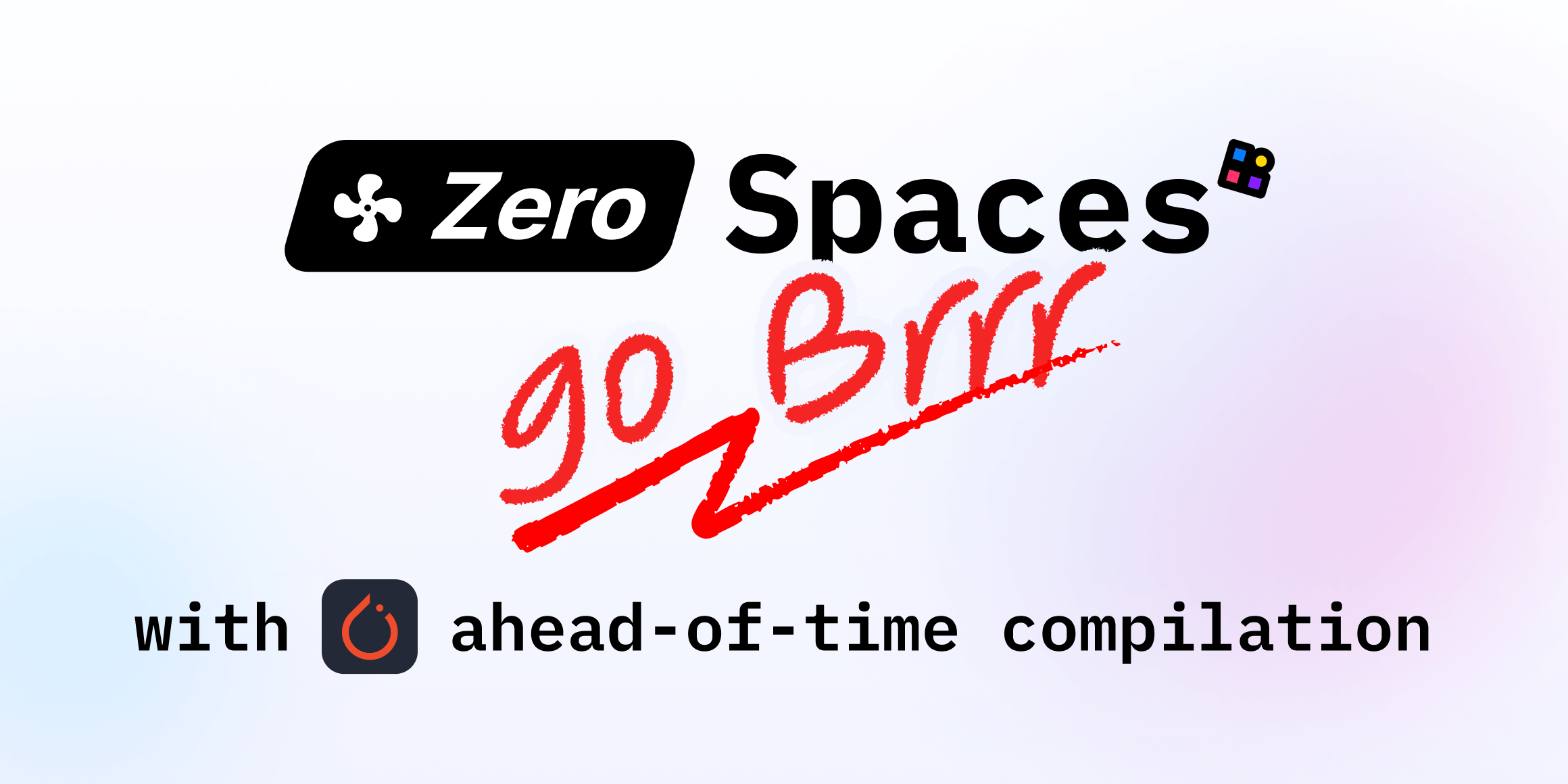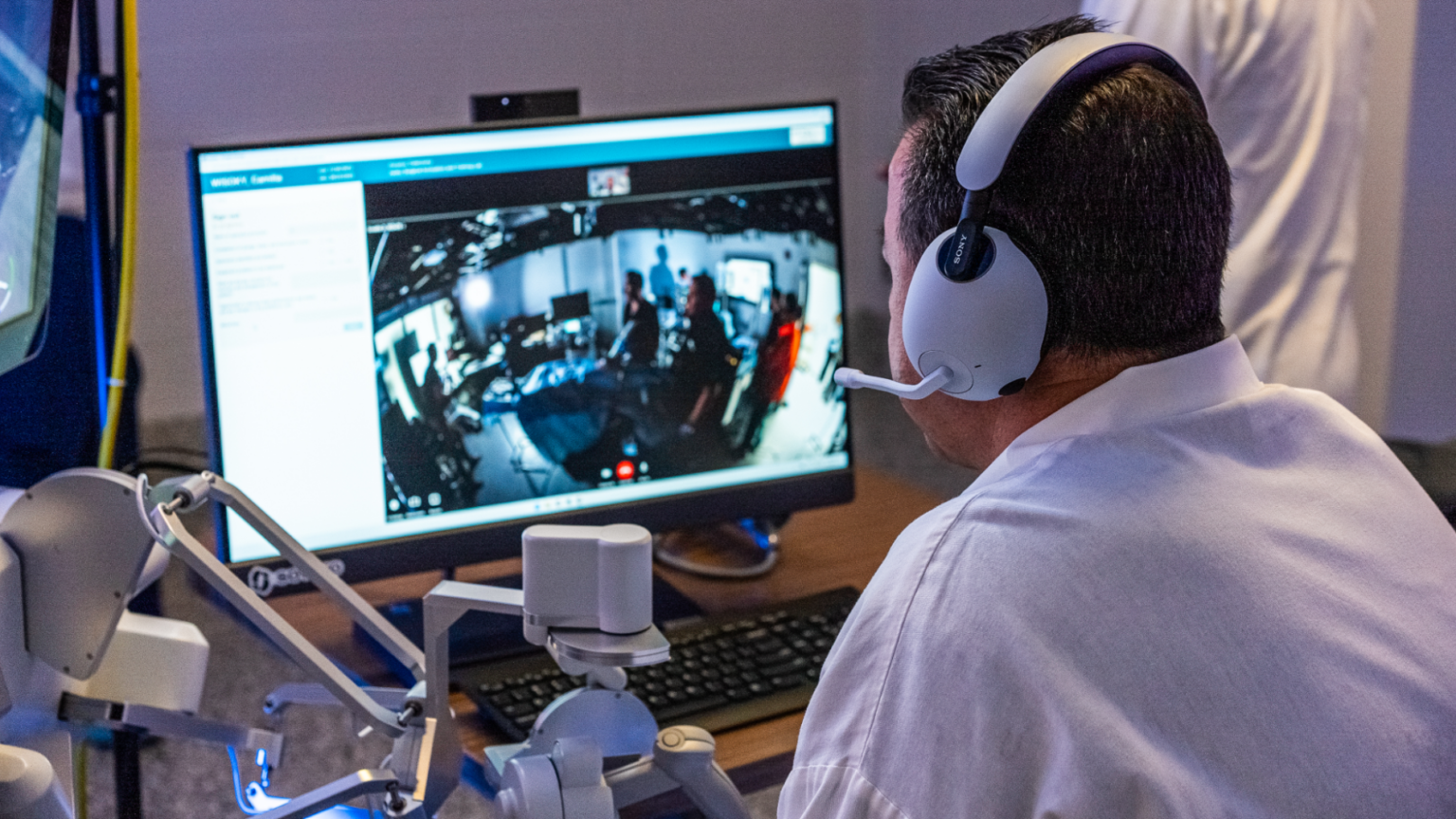
Cut Model Deployment Costs While Keeping Performance With GPU Memory Swap
Sources: https://developer.nvidia.com/blog/cut-model-deployment-costs-while-keeping-performance-with-gpu-memory-swap, https://developer.nvidia.com/blog/cut-model-deployment-costs-while-keeping-performance-with-gpu-memory-swap/, NVIDIA Dev Blog
Overview
Deploying large language models (LLMs) at scale creates a dual pressure: deliver fast responses during traffic spikes and manage GPU costs. Traditional approaches force either over-provisioning or risking SLA misses during demand peaks. GPU memory swap, also known as model hot-swapping, is introduced as an approach to push GPU utilization further for inference workloads by addressing memory constraints and boosting autoscaling efficiency. Hot-swapping lets multiple models share the same GPUs even when their combined footprints exceed the GPU’s physical capacity. In practice, this enables more dynamic resource management and helps balance performance with cost. In testing, the approach was evaluated against three scenarios that reflect real-world deployment patterns. Scaling from zero—where a pod initializes, a model loads on the GPU, and the first request is processed—produced the longest startup latency (TTFT). For smaller models, TTFT exceeded 140 seconds and exceeded 200 seconds for slightly larger models due to initialization overhead. When models start in CPU memory and are swapped into GPU memory on demand, TTFT remains bound by PCI bandwidth and the swap time between CPU and GPU memory. Two model pairings were tested and produced consistent results, with Falcon-11B showing a modestly higher TTFT than Mistral-7B due to memory footprint, though the difference was small (roughly 0.5 seconds). Compared with models that are fully loaded into GPU memory (the theoretical best-case latency), memory swap offers a practical balance: warm, fully-resident models deliver near-instant responses but at the cost of high idle GPU resource use. With GPU memory swap, TTFT drops to a few seconds, enabling consolidation of workloads on fewer GPUs while maintaining stringent SLAs. The approach can deliver sub-10-second TTFT in some configurations, significantly improving responsiveness over scale-from-zero strategies and offering meaningful cost savings relative to always-on warm models. NVIDIA Run:ai’s ecosystem (e.g., Model Streamer) can further reduce TTFT for scale-from-zero scenarios by tens of seconds, extending the practicality of this approach for real-time applications. In short, GPU memory swap aims to maximize GPU efficiency, minimize idle costs, and preserve the responsiveness users expect, while avoiding the high expense of dedicating GPUs to every model at all times. For a live demonstration and deeper guidance, reach out to NVIDIA to explore GPU memory swap in your AI infrastructure.
References: https://developer.nvidia.com/blog/cut-model-deployment-costs-while-keeping-performance-with-gpu-memory-swap/
Key features
- Shared GPUs across multiple models: enables running several models on the same GPU by swapping their memory in and out as requests arrive.
- Dynamic memory management: models start in CPU memory and are swapped into GPU memory on demand, allowing autoscaling without permanent GPU reservation.
- Latency profile with swap: TTFT is bounded by PCI bandwidth and swap times, rather than by constant full-GPU residency.
- Accepts unpredictable workloads: reduces the need for over-provisioning while maintaining SLAs during spikes.
- Consistent cross-model behavior: tests across different model pairs demonstrated predictable TTFT dynamics with minor differences attributable to model footprint.
- Potential for sub-10-second TTFT: in favorable configurations, swap-based deployments approach very responsive latency; warm-only deployments still offer the fastest latency at higher cost.
- Complementary tooling: NVIDIA Run:ai ecosystem (e.g., Model Streamer) can further reduce TTFT for scale-from-zero scenarios.
Common use cases
- Real-time LLM inference under fluctuating demand: memory swap allows elastic GPU usage without paying for idle GPUs.
- Multi-model deployments on limited GPUs: consolidate workloads onto fewer GPUs while meeting SLAs.
- Cost-conscious autoscaling: avoid over-provisioning by swapping models in and out as traffic changes.
- Realistic production pipelines with varied model footprints: accommodate both smaller and larger models on the same hardware, using swapping to balance latency and capacity.
Setup & installation
Setup and installation details are not provided in the source material. For implementation steps, consult official NVIDIA Run:ai GPU memory swap documentation and the linked article.
# Setup & installation details are not provided in the source material.
# For implementation steps, consult NVIDIA Run:ai documentation:
# https://developer.nvidia.com/blog/cut-model-deployment-costs-while-keeping-performance-with-gpu-memory-swap/Quick start
This section summarizes the deployment concept based on the provided material; explicit runnable code is not included in the source. The basic pattern is to initialize models in CPU memory, swap them into GPU memory on demand, and serve requests while managing memory footprints and PCI bandwidth constraints.
# Conceptual, not guaranteed runnable
# Pseudo-behavior illustrating the swap-driven workflow
class SwappableModel:
def __init__(self, id):
self.id = id
self.on_gpu = False
def ensure_on_gpu(self):
if not self.on_gpu:
swap_to_gpu(self.id) # placeholder function
self.on_gpu = True
def infer(self, input):
if not self.on_gpu:
self.ensure_on_gpu()
return run_inference(self.id, input) # placeholder function
# Main loop illustrating handling requests with swap
models = {"Mistral-7B": SwappableModel("Mistral-7B"),
"Falcon-11B": SwappableModel("Falcon-11B")}
while True:
req = wait_for_request()
m = models[req.model]
print("Processing request with model", req.model)
out = m.infer(req.payload)
respond(out)Pros and cons
- Pros
- Cost efficiency: reduces idle GPU costs by consolidating workloads onto fewer GPUs.
- Improved autoscaling: supports dynamic scaling without pre-allocating GPUs for every model.
- Realistic SLAs: enables sub-10-second TTFT in favorable configurations, maintaining responsiveness for real-time use cases.
- Predictable performance with cross-model tests: observed consistent TTFT results across model pairs, with minor variance due to memory footprints.
- Cons
- TTFT is constrained by PCI bandwidth: the time to swap models between CPU and GPU memory is a limiting factor.
- Initialization overhead when scaling from zero: starting a model from CPU memory and swapping it in incurs noticeable latency.
- Variation with model footprint: larger models (e.g., memory-heavy variants) can exhibit slightly higher TTFT.
- Requires supporting tooling: workflows benefit from NVIDIA Run:ai components but rely on ecosystem integration.
Alternatives (brief comparisons)
| Approach | Latency characteristics | GPU utilization | Notes |Always-on warm models | Near-instant responses when fully loaded | High idle costs | Keeps GPU devoted to the model; idle capacity is a cost concern |GPU memory swap (hot-swapping) | TTFT in a few seconds; sub-10s in some cases | Higher utilization flexibility | Reduces idle GPU costs; TTFT bound by PCI bandwidth | In the article’s experiments, Run:ai Model Streamer can help reduce TTFT for scale-from-zero by tens of seconds, illustrating how the ecosystem can further optimize the trade-offs between latency and cost.
Pricing or License
Pricing or licensing details are not explicitly provided in the source material.
References
More resources
CUDA Toolkit 13.0 for Jetson Thor: Unified Arm Ecosystem and More
Unified CUDA toolkit for Arm on Jetson Thor with full memory coherence, multi-process GPU sharing, OpenRM/dmabuf interoperability, NUMA support, and better tooling across embedded and server-class targets.
Improving GEMM Kernel Auto-Tuning Efficiency with nvMatmulHeuristics in CUTLASS 4.2
Introduces nvMatmulHeuristics to quickly select a small set of high-potential GEMM kernel configurations for CUTLASS 4.2, drastically reducing auto-tuning time while approaching exhaustive-search performance.
Make ZeroGPU Spaces faster with PyTorch ahead-of-time (AoT) compilation
Learn how PyTorch AoT compilation speeds up ZeroGPU Spaces by exporting a compiled model once and reloading instantly, with FP8 quantization, dynamic shapes, and careful integration with the Spaces GPU workflow.
Fine-Tuning gpt-oss for Accuracy and Performance with Quantization Aware Training
Guide to fine-tuning gpt-oss with SFT + QAT to recover FP4 accuracy while preserving efficiency, including upcasting to BF16, MXFP4, NVFP4, and deployment with TensorRT-LLM.
How Small Language Models Are Key to Scalable Agentic AI
Explores how small language models enable cost-effective, flexible agentic AI alongside LLMs, with NVIDIA NeMo and Nemotron Nano 2.
Getting Started with NVIDIA Isaac for Healthcare Using the Telesurgery Workflow
A production-ready, modular telesurgery workflow from NVIDIA Isaac for Healthcare unifies simulation and clinical deployment across a low-latency, three-computer architecture. It covers video/sensor streaming, robot control, haptics, and simulation to support training and remote procedures.





